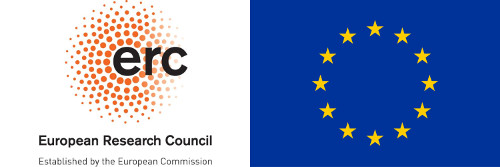



The production of cement is estimated to account for 25% of human cement emissions by 2050. The aim of this project is to produce a new cement material with low or zero carbon dioxide emissions. This will be done by creating a new cement material based on silicate glass because silicate is naturally abundant. The properties of the glass will be tuned to achieve maximum reactivity. The cement formed for the reactive silicate glass will then be tested using magnetic resonance imaging (MRI) and the associated technology, nuclear magnetic resonance (NMR). MRI and NMR will be used because they are capable of studying the cement non-invasively. New NMR methods will be created and optimized for the study of the cement materials. The design criteria of the new NMR methods is the fast acquisition of data. Overall, this project aims to produce a new low carbon dioxide cement material and will test this material using NMR and MRI.
This project is executed in close interdisciplinary collaboration with Fibre and particle engineering research unit, which bring their expertise in material science.